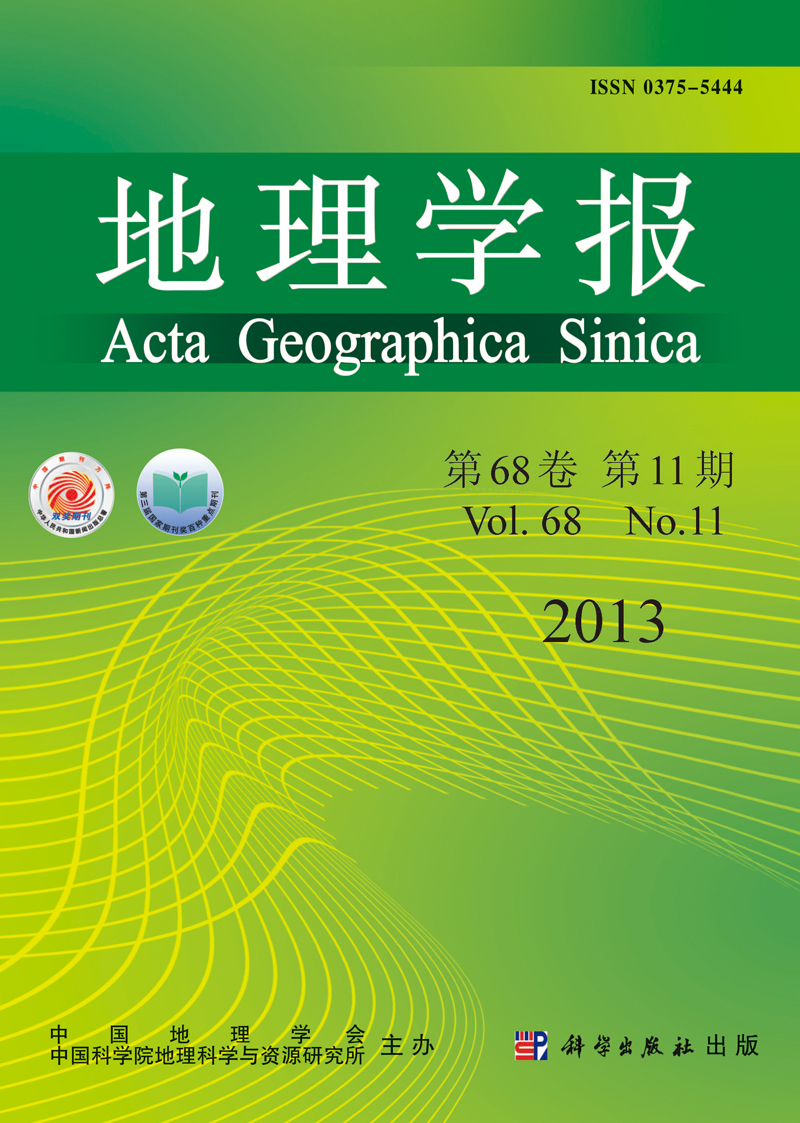ZHANG Shanqing, PU Zongchao, LI Jinglin
Based on the monthly sunshine duration, total cloud cover and low cloud cover data during 1961-2010 from 101 meteorological stations in Xinjiang, the spatial-temporal change characteristics of seasonal and annual sunshine duration, and the connection between annual sunshine duration with total cloud cover and low cloud cover were analyzed by using the methods of linear regression, Mann-Kendall test, three-dimensional quadratic trend surface simulation and Kriging residual error revision based on GIS. The main results are obtained as follows. (1) There was an obvious regional difference in climatic distribution of seasonal and annual sunshine duration, generally, the sunshine duration of spring increased from the southwest to northeast. In summer, the sunshine duration was longer in the northern and eastern parts than in the southern and western parts, and it was longer in plain and valley than in mountainous areas. Autumn sunshine duration increased southeast to northwest, and in winter it increased from west to east in Xinjiang. Affected by their joint effect, the annual sunshine duration increased from west to east, mountainous areas to plain and valley in Xinjiang. (2) The changing trend of spring sunshine duration was not significant, but that of the summer, autumn, winter and annual sunshine duration showed a significant decreasing trend with the rate of -4.27 h·(10a)-1, -4.30 h·(10a)-1, -14.36 h·(10a)-1 and -19.42 h·(10a)-1 respectively in recent 50 years, and summer, autumn, winter and annual values had mutations in 1988, 1986, 1987 and 1982, respectively, but there were regional differences before and after mutations. For example, the annual sunshine duration increased in Turpan-Hami Basin and southern Tarim Basin, while it showed a decreasing trend in most parts of Xinjiang, especially in Junggar Basin, areas along the Tianshan Mountains, central and eastern parts of Tarim Basin. (3) The cloud cover was the main factor influencing sunshine duration in Xinjiang. On the whole, the areas with less total and low cloud cover have relatively much sunshine duration, and vice versa. In recent 50 years, the total amount of cloud did not change significantly, but low cloud cover increased significantly, which was the main cause for the decrease of sunshine duration in Xinjiang.
